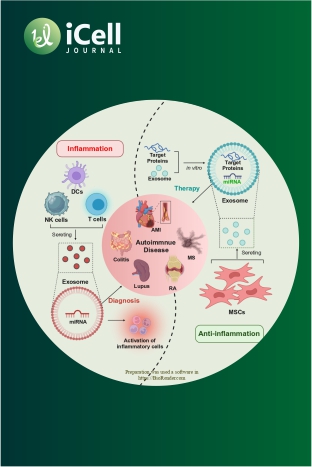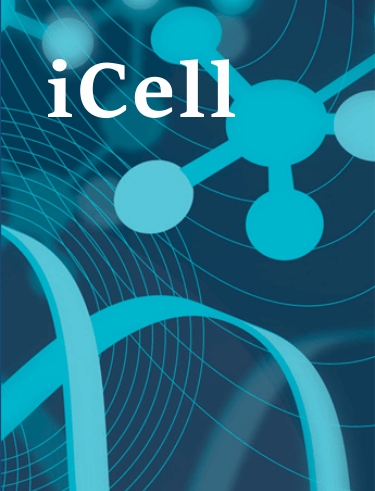Revealing PAM as a Prognostic Biomarker and Therapeutic Target in Clear Cell Renal Cell Carcinoma
DOI:
https://doi.org/10.71373/YASO5977Keywords:
renal cell carcinoma, monooxygenase, immunotherapy, tumor microenvironment, prognostic biomarkerAbstract
Background: Accumulating evidence suggests that peptidylglycine α-amidating monooxygenase (PAM) is involved in vital physiological and pathological processes, including the development and progression of cancer. Nevertheless, the precise contributions of PAM-mediated pathways in clear cell renal cell carcinoma (ccRCC) remain poorly understood. Clarifying the role of PAM in ccRCC could yield novel insights into the disease's pathogenesis and offer potential therapeutic strategies.
Methods: Using genome-wide association study (GWAS) data from the UK Biobank and whole-blood eQTL data, we screened for ccRCC-related genes and identified PAM as a potential oncogene. Bioinformatics analyses, including differential expression, prognostic, genomic, and methylation analyses, were conducted to characterize the role of PAM in ccRCC. In addition, functional pathways of PAM were explored using gene set enrichment analysis. The association between PAM expression, immune cell infiltration, and immunotherapy response was also evaluated. Subsequently, in vitro tumor phenotype experiments, such as cell viability, wound healing and modified Boyden chamber assays, were conducted to validate the bioinformatics predictions.
Results: Our findings indicated that PAM expression was elevated in ccRCC tissues compared to adjacent normal ones, and is associated with unfavorable disease-free survival in ccRCC patients. Genomic alterations such as gene amplifications were detected in ccRCC, with PAM expression linked to multiple cancer pathways. Furthermore, PAM expression was positively correlated with immune cell infiltration and negatively with immune cell function in ccRCC. In vitro functional assays revealed that PAM downregulation reduced the proliferative and migratory capacity of ccRCC cells.
Conclusions: Our studies reveal that PAM serves as a potential prognostic biomarker and therapeutic target in ccRCC. Further researches are warranted to validate its clinical utility and investigate its potential for guiding personalized treatment strategies in ccRCC patients. Understanding the role of PAM in ccRCC progression may provide novel insights for the development of targeted therapies and biomarker-based approaches for ccRCC management.


